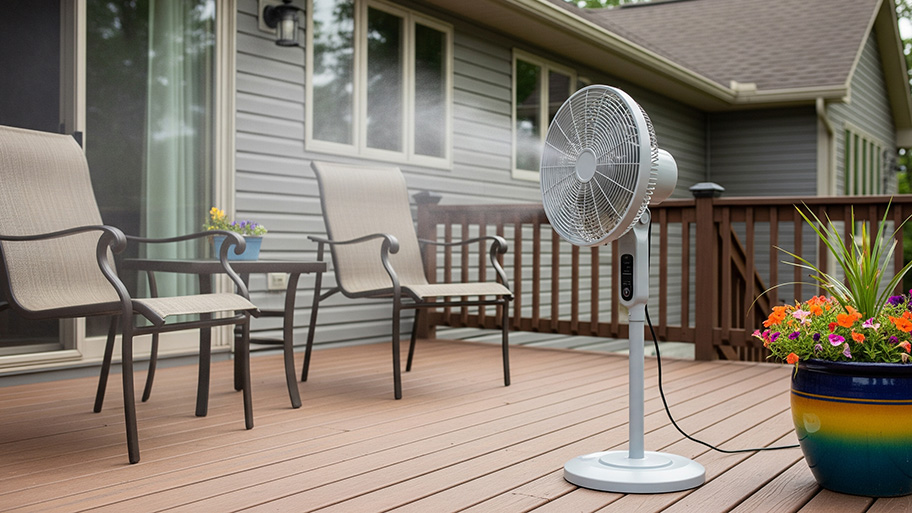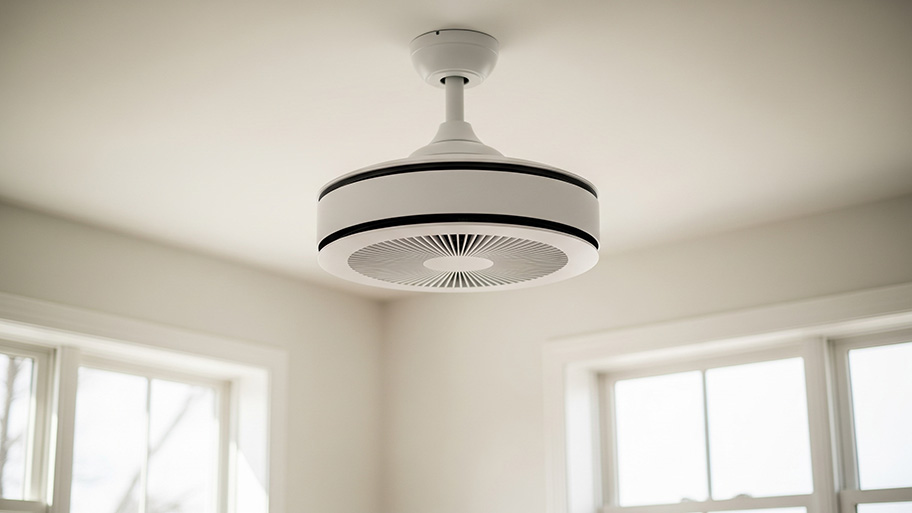
If your ceiling fan stops working due to a bad motor or broken pull chain, here’s what you can expect to pay to get it fixed.
With a little preparation, hiring a pro will be a breeze


Installing a ceiling fan might seem like a simple project, but it requires a good amount of electrical know-how—which is why it’s best to hire an electrician for the job. But before you can chat confidently with a pro, make sure you’re able to answer the following common ceiling fan questions.
One of the first topics you’ll discuss with a professional is how many fans you need. Whether you’re planning to install a ceiling fan in just one room or throughout your home, the pro will use this information to estimate how much the project will cost and how long it will take to complete.
You’ll also need to decide which ceiling fan you’d like in your home. There are multiple types of ceiling fans, including standard, smart, dual motor, and outdoor options—and the type you choose will impact your project costs. If you aren’t sure which kind is best for your home, your contractor may be able to recommend a few options based on your needs.
You should also consider whether you want extra features or accessories with your fan. For example, if you’d like to use a remote with your ceiling fan, there might be an extra charge to install one.
When speaking with an electrician, let them know whether you’re replacing an old fan or installing a new one. Generally, replacing a ceiling fan is more straightforward than installing one because the ceiling fan wiring is already in place. You can expect to spend $100 to $500 on this kind of job.
However, there’s a lot more work (and expense) involved when installing a ceiling fan without existing wiring. In that case, your electrician will need to open up walls, run new wiring, install electrical boxes, and more. Because of the extra labor and time needed for this type of work, you could pay up to $2,000 for this project.
If you’re already hiring someone to install a ceiling fan, it’s a good time to tackle other electrical work as well. For example, if you’ve been wanting to replace any outdated light fixtures, add new power outlets around your house, or install outdoor lighting, you could save time and money by bundling the projects together.
You should also discuss project timelines with your ceiling fan installer. You’ll have to be home when they come to install the fan, so it’s best to pick a day when you don’t have many (or any) other commitments.
Once the pro arrives at your home, it will only take them an hour or two to replace a ceiling fan (as long as there’s already wiring in place). Without existing wiring, installing a new fan takes about half a day.
From average costs to expert advice, get all the answers you need to get your job done.

If your ceiling fan stops working due to a bad motor or broken pull chain, here’s what you can expect to pay to get it fixed.

Discover the cost to install a ceiling fan, including labor, materials, and tips to save. Learn what impacts your price and how to budget for your project.

Learn how to wire a ceiling fan with a light directly from a power source or wall switch and add a convenient remote control. Follow this step-by-step guide.

A 3-blade vs. 5-blade ceiling fan varies in design and function. Learn the differences between them so you know which is best for your space.

It's time to cool off! Learn 10 ways to make your room cool without an air conditioner in this informational fan hack guide.

Are traditional ceiling fans slowly becoming a thing of the past? The famously quiet and efficient bladeless fans are now appearing right above our heads.